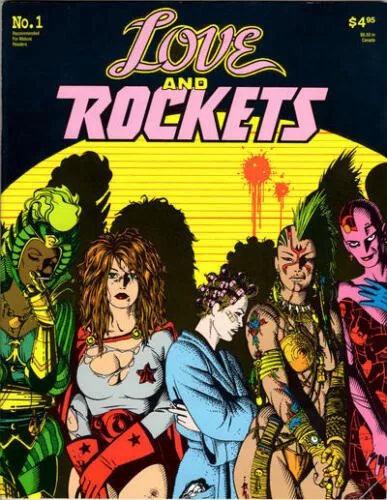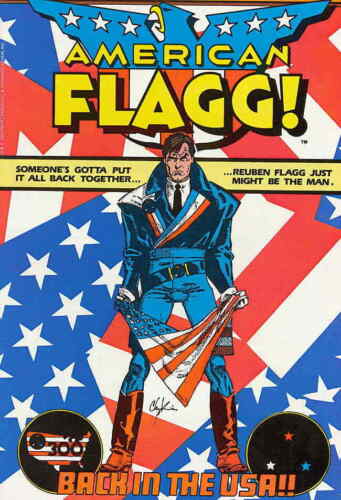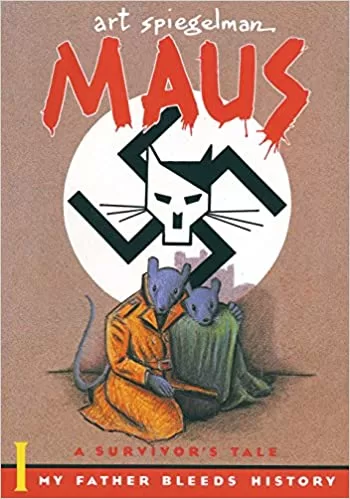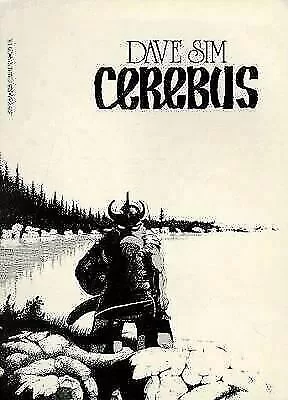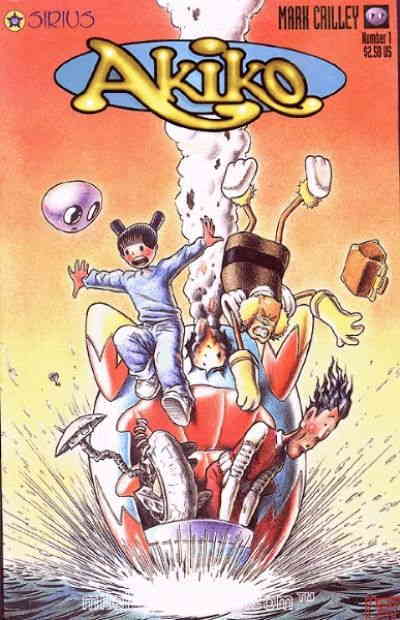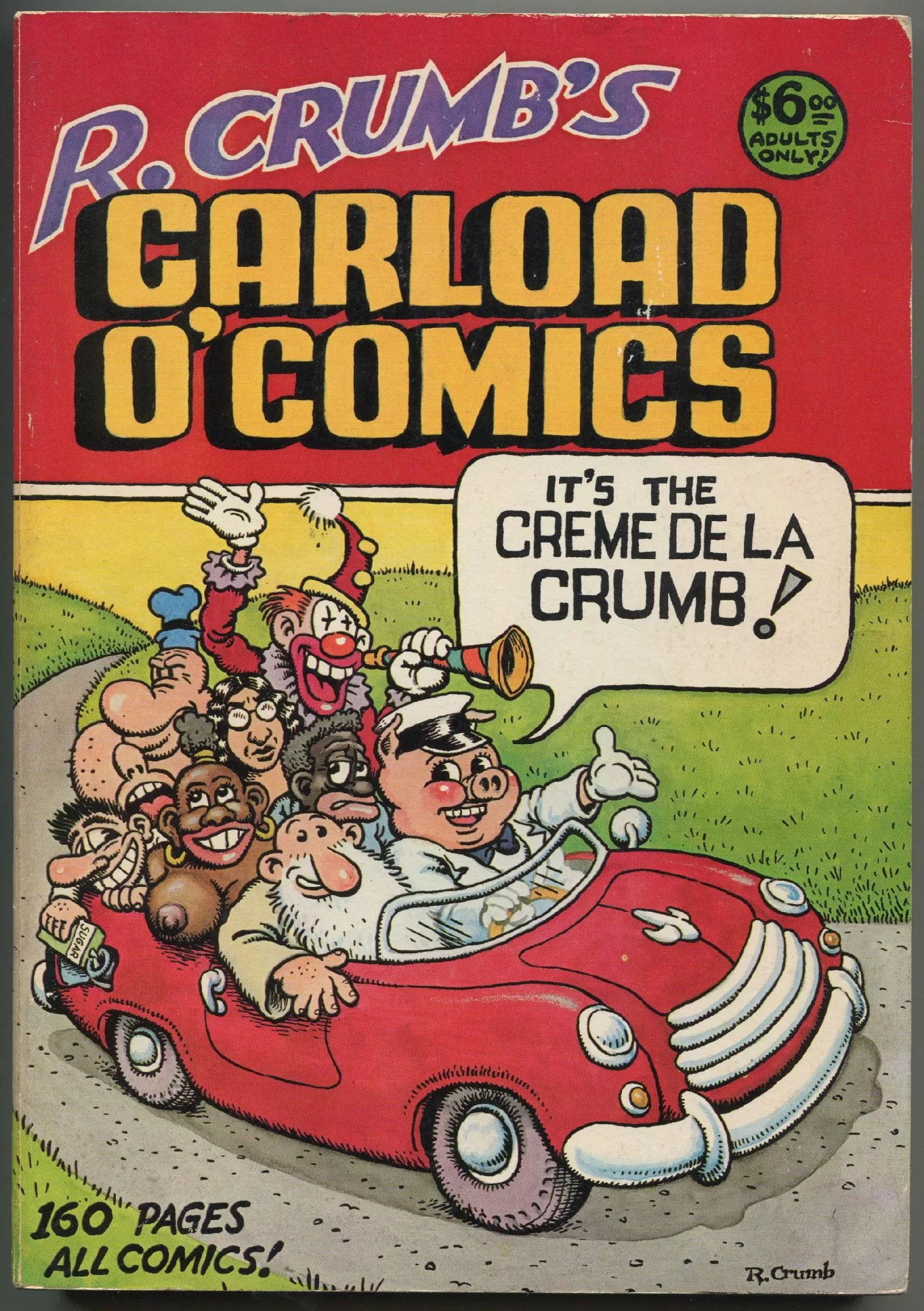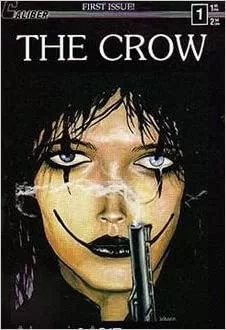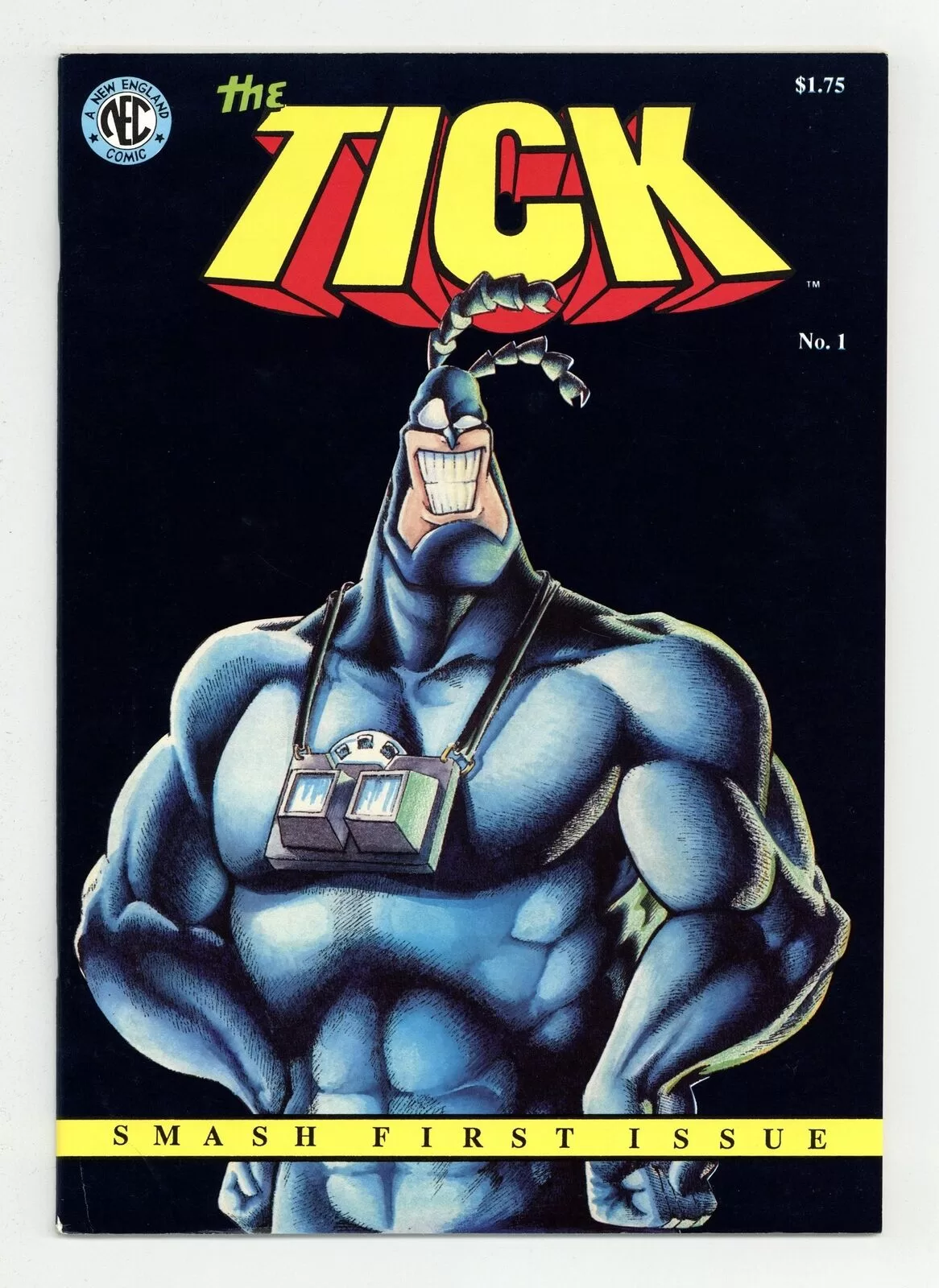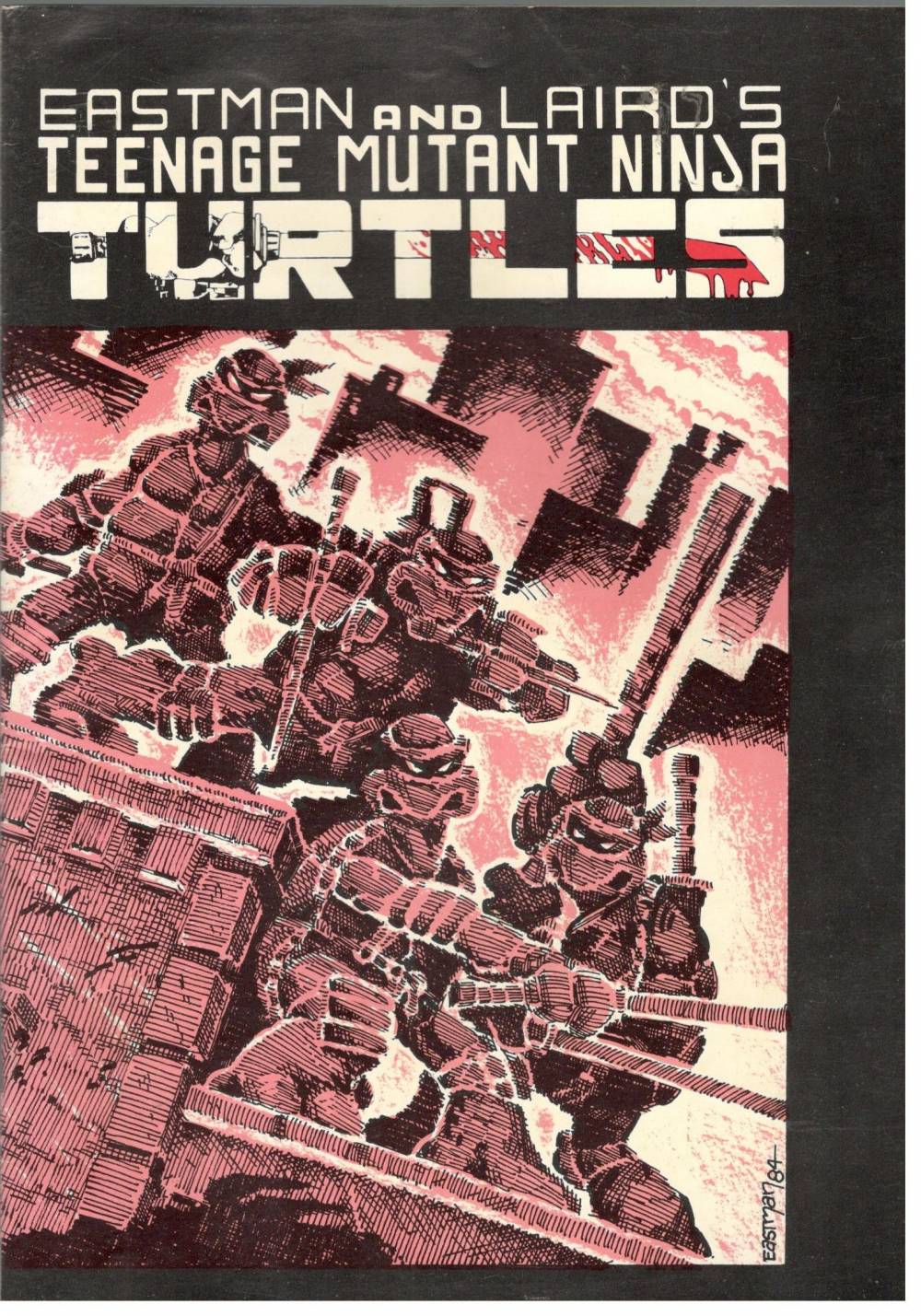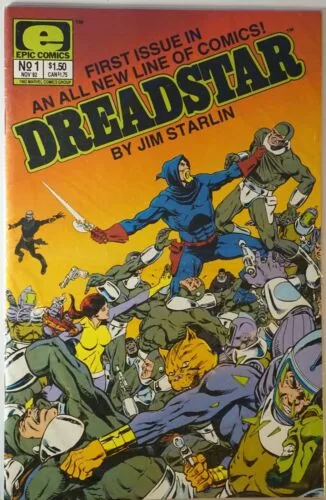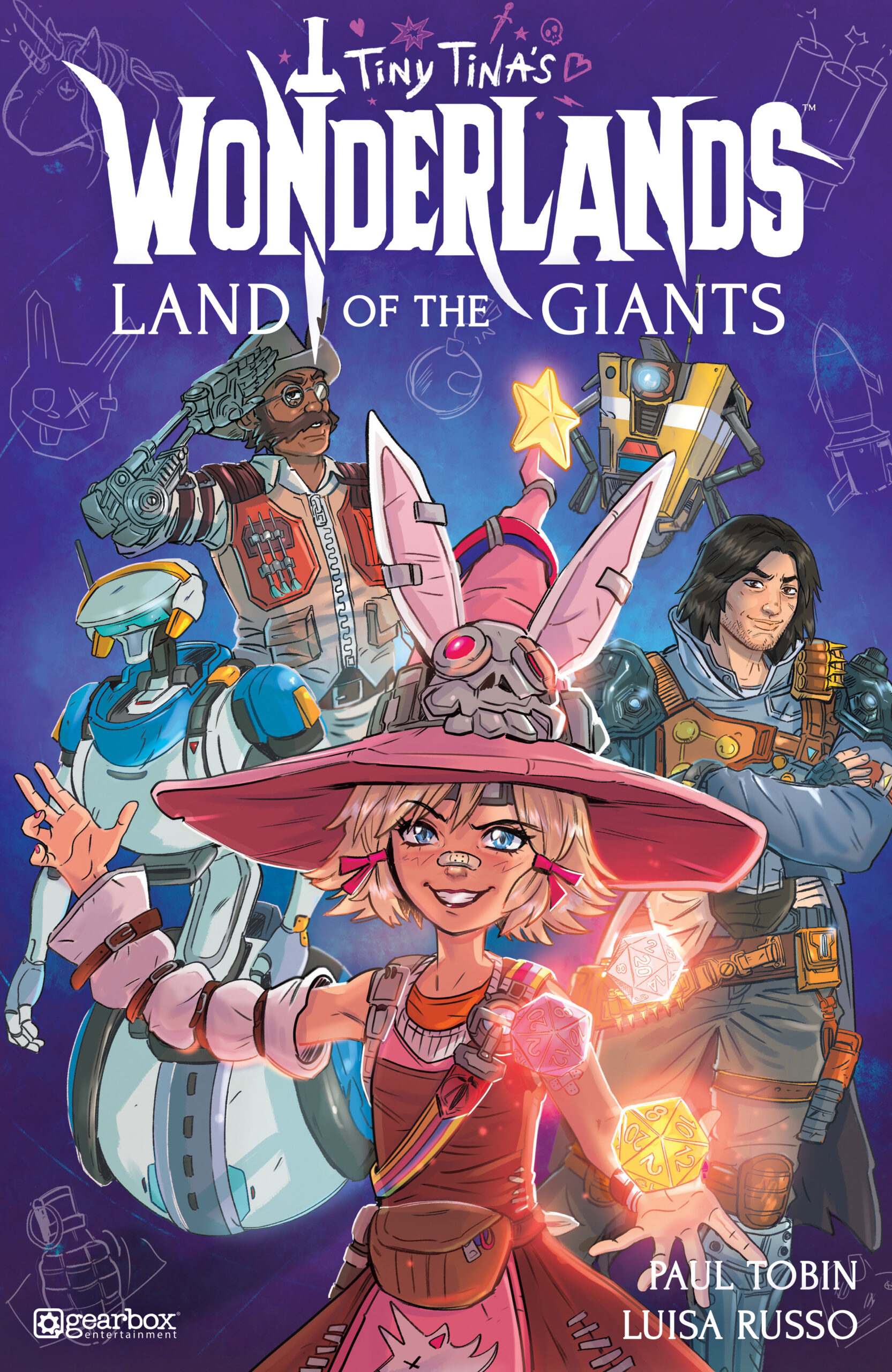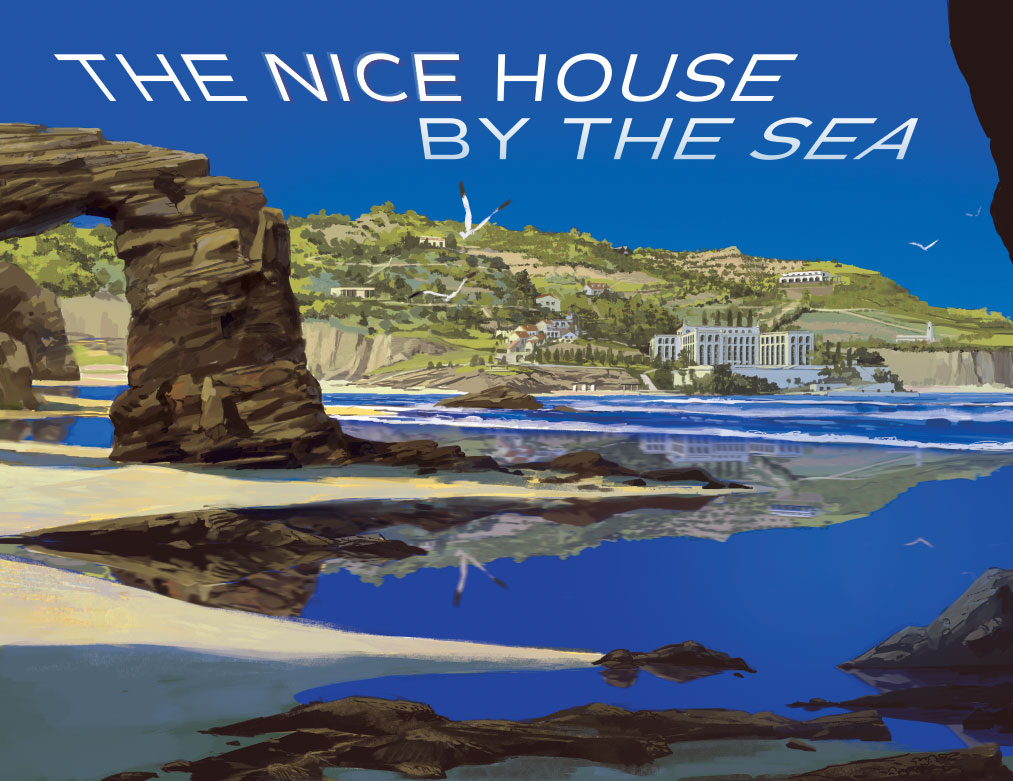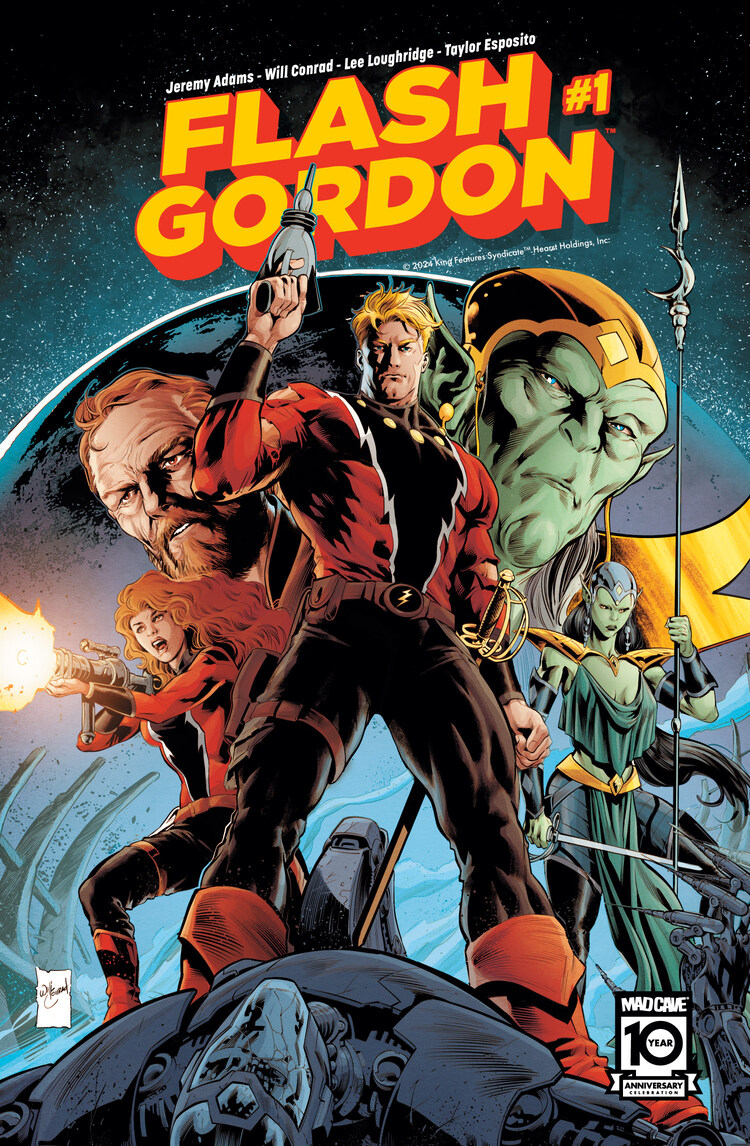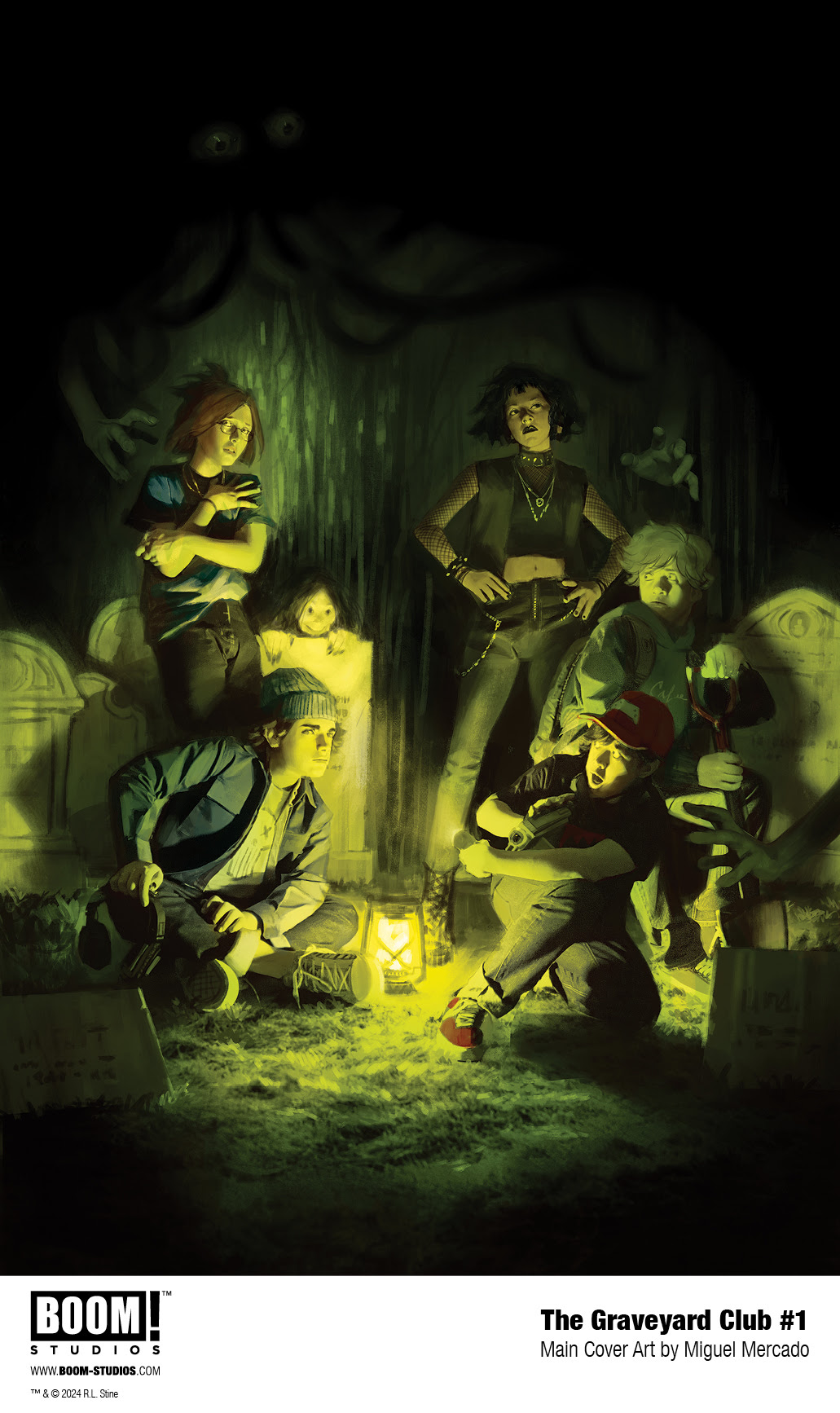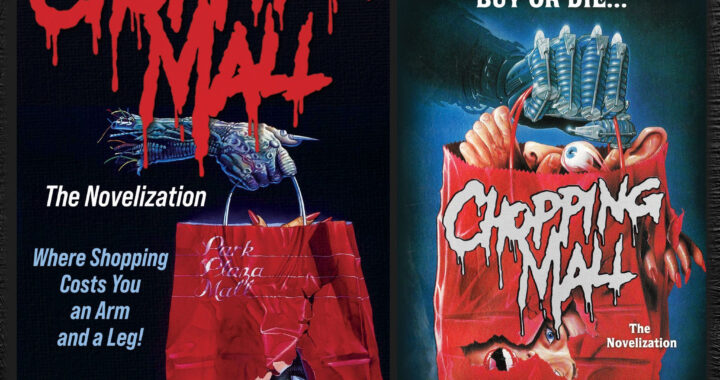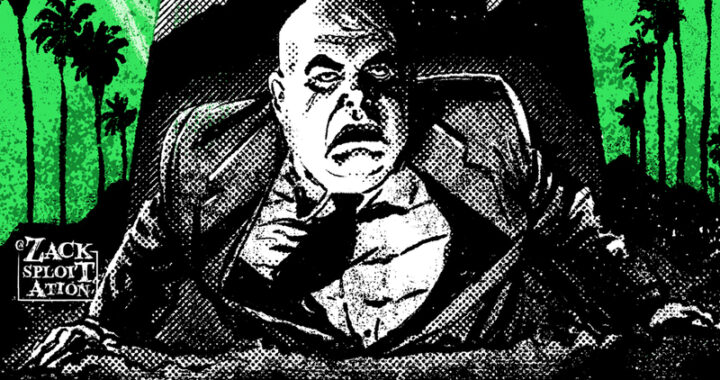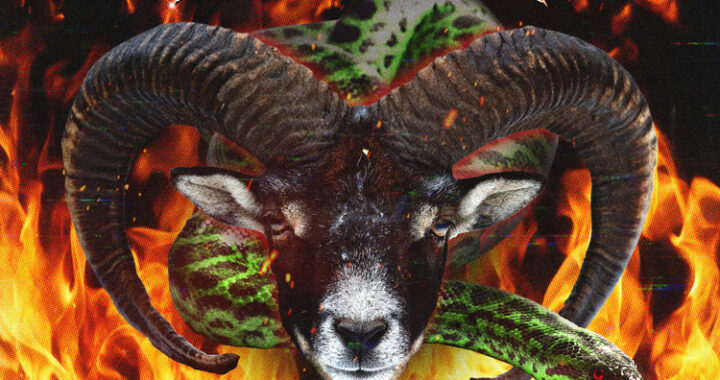
The Rise of the Indies: The Top 10 Independent Comics of the 80’s
As more and more creators sought to self-publish their work and tell the stories they wanted to tell, independent comics grew in popularity during the 1980s. The 1980s’ independent comics were a vibrant, exciting group that expanded the possibilities for comics. The publisher, title, creative team, and year of publication of the top ten independent comics from the 1980s will all be highlighted in this article.
Gilbert and Jaime Hernandez wrote and illustrated “The Hernandez Brothers’ Love and Rockets” for Fantagraphics. Gilbert and Jaime Hernandez created this series of critically acclaimed independent comic books, which were released by Fantagraphics Books in 1982. The 50-issue series started in 1982 and ran until 1996. The comic followed the lives of the Hernandez brothers’ fictional characters, particularly those residing in the fictitious Central American village of Palomar, and was a mixture of science fiction, fantasy, and slice-of-life stories. Love and Rockets was renowned for its exploration of topics like identity, gender, and sexuality as well as its diverse and complex characters, particularly its portrayal of strong and complex Latina women. The 1980s alternative comics movement owes much of its success to this series, which is still regarded as a masterpiece in its field.
Howard Chaykin wrote and drew “American Flagg!” for First Comics. This political satire series, which debuted in 1983 and ran for a total of 38 issues before being cancelled in 1988, was set in a near-future version of America. The story of Reuben Flagg, a former Hollywood actor turned government agent who becomes entangled in a plot to overthrow the government, is told in the comic book, which is set in the year 2031 in a post-apocalyptic world where the United States has turned into a corporate dystopia. Chaykin’s work on “American Flagg!” is renowned for its intricate artwork and sarcastic political commentary, which parodies the contemporary political and social issues. Aside from its gloomy, dystopian future vision, the series has received praise for its intricate and well-written storylines.
Author and illustrator Art Spiegelman is the author of “Maus” (Pantheon Books). (1986) This Pulitzer Prize-winning graphic memoir depicts the Holocaust as seen through the experiences of the author’s father, a Jewish survivor, as told through his eyes. The Holocaust is described in the book using the animal metaphor, with Jews represented by mice and the Nazis by cats. The book achieved both critical and financial success, and it is regarded as a turning point for the comics and graphic novel genres. The first graphic novel to receive the award, it was awarded the Pulitzer Prize in 1992. The book is still read and studied widely today and has been translated into many different languages.
Dave Sim is the author and illustrator of “Cerebus” (Aardvark-Vanaheim). (1977) – The show follows the barbarian aardvark Cerebus as he navigates a political parody of a medieval fantasy society. The series is notable for its ambitious storytelling, which includes a shift to a more somber tone in later issues, as well as its creator’s contentious views on feminism and religion. One of the most renowned independent comics of the 1980s, the series was written and illustrated by Dave Sim.
Mark Crilley is the author and illustrator of “Akiko” (Sirius Entertainment). (1989) – The show centers on the exploits of the title character, a young child from Earth who is sent to the fantastical planet Smoo. Together with her friends, Akiko explores and defends Smoo from numerous perils and difficulties. The series made its debut in 1989 and ran for a number of issues, gaining a cult following and praise from critics for its creative writing and artwork. The series is renowned for its unique character development, world-building, humor, action, and adventure.
From Vortex Comics: “R. Crumb’s Carload O’ Comics” by Robert Crumb (1986–1991) – From Crumb’s renowned underground comix to more popular comics and illustrations, this series of comics, which ran from 1986 to 1991, features a wide variety of styles and subjects. Reprints of some of Crumb’s best-known works, like “Fritz the Cat” and “Keep On Truckin,” are included in the series along with brand-new, never-before-seen content. Readers who enjoy alternative comics in general and the underground comix movement in particular should read this series of comics because they exhibit Crumb’s distinct style, sense of humor, and social commentary.
James O’Barr wrote “The Crow” (Kitchen Sink Press), which he also illustrated. (1989) – The narrative centers on Eric Draven, who is resurrected as the Crow, a supernatural being, in order to exact revenge on those who killed him and his fiancée. The narrative explores themes of love, loss, and retribution as the Crow pursues justice against the murderers of his loved one. The 80s gothic and punk movements have a strong influence on the artwork, which has a unique look that sets it apart from other comics of the era. The series has since been turned into a number of films, becoming a cult favorite.
Ben Edlund wrote and illustrated “The Tick” (New England Comics). (1988) – The comic book centers on the title character, a bumbling superhero who is also nearly impervious to harm, as he battles crime in the fictional city of “The City.”. The Tick hilariously takes on a rogues gallery of villains while also making fun of the superhero genre with his sidekick Arthur. Prior to being picked up by New England Comics in 1988, Edlund initially self-published the series. The popular series was later transformed into both a live-action and animated television program.
Kevin Eastman and Peter Laird are the authors and illustrators of “Teenage Mutant Ninja Turtles” (Mirage Studios). Leonardo, Raphael, Michelangelo, and Donatello are four anthropomorphic turtles who are taught the art of Ninjutsu by Master Splinter, a mutated rat sensei, in this story from 1984. Together, they take on the city’s crime and evil, frequently clashing with the Shredder and his Foot Clan in the process. The animated series, toy line, and live-action movies helped the series, which made its initial debut in 1984, gain enormous popularity in the late 1980s and early 1990s. The series has left a long-lasting impression on popular culture and is regarded as one of the best independent comics of all time.
“Dreadstar” was first published by First Comics in 1982 and continued for 35 issues until 1988. Jim Starlin was the author and illustrator. Following a conflict between the mighty kingdoms of the Monarchy and the Church of the Instrumentality, the story centers on a character by the name of Vanth Dreadstar who is the only person left in the Milky Way galaxy. As a result of his involvement in this new conflict between the Empire and the Kingdom of the New Epoch, he ultimately plays a crucial role in the future of the universe. The series is renowned for Starlin’s imaginative and meticulous artwork, ambitious storytelling, and complex characters.
These comics not only demonstrate the incredible talent of independent comics creators, but also their capacity to invent fresh narratives, characters, and settings that leave a lasting impression on the field. New generations of creators are continually inspired by the independent comics scene of the 1980s, which was a time of tremendous artistic freedom and experimentation.
Thanks for reading and keep Crusadin’!
Author Profile
- I'm Al Mega the CEO of Comic Crusaders, CEO of the Undercover Capes Podcast Network, CEO of Geekery Magazine & Owner of Splintered Press (coming soon). I'm a fan of comics, cartoons and old school video games. Make sure to check out our podcasts/vidcasts and more!
Latest entries
 Comic Book NewsApril 17, 2024TINY TINA STARTS ANOTHER GAME OF BUNKERS & BADASSES
Comic Book NewsApril 17, 2024TINY TINA STARTS ANOTHER GAME OF BUNKERS & BADASSES Comic Book NewsApril 17, 2024DC’s Award-Winning ‘The Nice House on the Lake’ Continues with ‘The Nice House by the Sea’
Comic Book NewsApril 17, 2024DC’s Award-Winning ‘The Nice House on the Lake’ Continues with ‘The Nice House by the Sea’ Comic Book NewsApril 17, 2024Legends Never die. FLASH GORDON: Coming This Spring from Mad Cave Studios!
Comic Book NewsApril 17, 2024Legends Never die. FLASH GORDON: Coming This Spring from Mad Cave Studios! Comic Book NewsApril 17, 2024Come Hang Out in R.L. Stine’s Newest Graveyard, Only at BOOM! Studios
Comic Book NewsApril 17, 2024Come Hang Out in R.L. Stine’s Newest Graveyard, Only at BOOM! Studios
